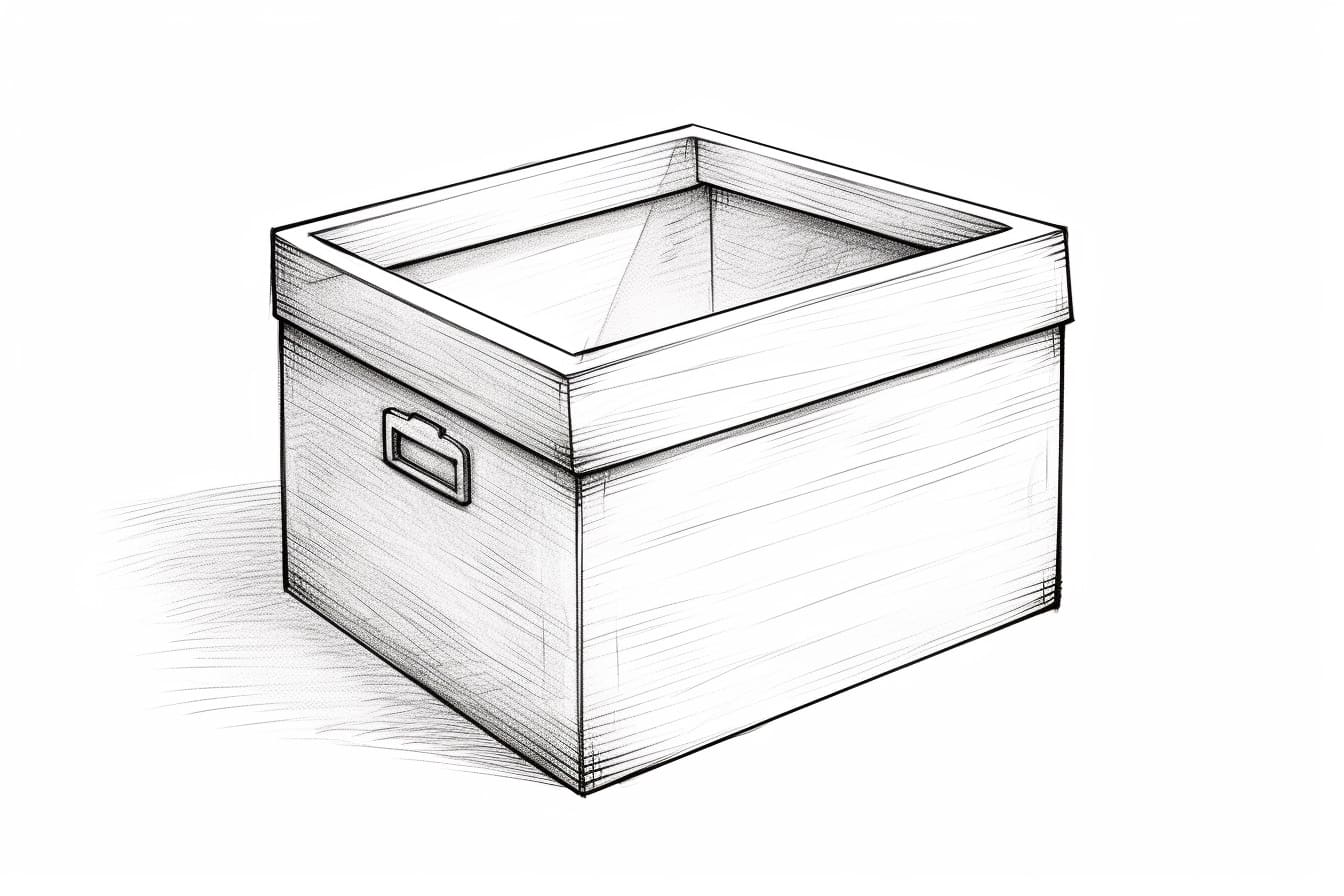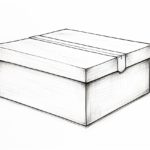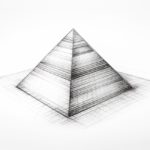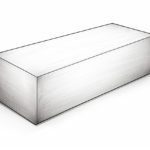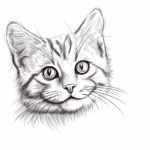Drawing an open box is a fundamental exercise that allows artists to practice and showcase their understanding of perspective, proportion, and spatial relationships. By mastering this simple yet versatile subject matter, artists can develop their skills in creating depth and volume within their drawings. In this guide, we will explore the step-by-step process of drawing an open box, from constructing the basic shape to adding details and shading to bring it to life on paper. Whether you are a beginner looking to improve your drawing skills or an experienced artist wanting to hone your abilities, learning how to draw an open box is a valuable exercise that will enhance your artistic repertoire. Let’s dive in and discover the secrets to creating compelling and realistic open box drawings.
Materials Required
To draw an open box, you will need the following materials:
- Drawing paper or sketchbook
- Pencil for sketching and outlining
- Ruler for creating straight lines and measuring
- Eraser for correcting mistakes
- Optional: pen or fine liner for outlining details
- Optional: shading tools such as graphite pencils or markers for adding depth and dimension
With these materials, you can create a realistic and detailed drawing of an open box.
How to Draw an Open Box: a Step-by-step Guide
Step 1: Sketch the Base of the Box
Start by drawing a horizontal line to represent the bottom of the box. Then, draw two vertical lines that are parallel to each other on either side of the horizontal line to create the front and back faces of the box.
Step 2: Draw the Side Faces
From the top corners of the front face, extend two lines upwards at an angle to represent the side faces of the box. These lines should be parallel to each other and of equal length. Connect the top ends of these lines with a horizontal line to complete the top edge of the box.
Step 3: Add Depth to the Box
To create the illusion of depth, draw two lines extending downwards from the top corners of the back face of the box. These lines should be parallel to the side faces and slightly shorter in length. Connect the bottom ends of these lines with a horizontal line to finish the back face.
Step 4: Add Details
Add a small rectangle or square on the front face to represent the opening of the box. You can also add shading or hatching to give the box a three-dimensional appearance.
Step 5: Refine and Finalize
Go over your lines to ensure they are clean and defined. Erase any unnecessary guidelines and refine the details of your open box drawing. Add any additional details or shading to enhance the realism of your drawing.
Step 6: Optional – Add Background or Context
If desired, you can add a simple background or context to your drawing to further enhance the visual impact of the open box. This could include a surface for the box to sit on, other objects around it, or a shadow to ground the box in its environment.
Remember to take your time, use light pencil strokes for initial sketching, and gradually build up the details of the drawing. Practice observing the proportions and angles carefully to create a realistic and visually appealing open box illustration.
Conclusion
In conclusion, mastering the art of drawing an open box requires patience, practice, and attention to detail. By following the step-by-step guide outlined in this article and incorporating your own creativity and style, you can create realistic and visually appealing representations of open boxes in your artwork. Remember to pay close attention to perspective, proportion, and shading to bring your drawing to life. With dedication and perseverance, you can improve your drawing skills and confidently tackle more complex subjects in the future. Keep practicing and enjoy the process of honing your craft as an artist.
Fun Facts About Open Boxes
- Open boxes are versatile and can be used for various purposes such as storage, organization, and display.
- They come in a wide range of sizes, shapes, and materials, allowing for customization and personalization.
- Open boxes are often used in retail settings to showcase products and attract customers’ attention.
- They are commonly used in home decor to add a stylish and functional element to a room.
- Open boxes can be easily stacked and arranged in different configurations to create unique and eye-catching displays.
- Some open boxes feature decorative elements such as intricate patterns, vibrant colors, or unique textures, adding a touch of elegance to any space.
- They are popular for DIY projects and can be easily transformed with paint, fabric, or other embellishments to match any decor style.
- Open boxes can also serve as planters, serving trays, or even makeshift shelves, making them a versatile and practical decor accessory.
- They are often used in event planning and staging to create visually appealing setups for weddings, parties, and other special occasions.
- Open boxes are a budget-friendly and stylish way to keep items organized and easily accessible in any room of the home.
Suggestions for Scenes and Settings for Open Box Drawings
- A bustling city street scene with an open box of fresh fruits and vegetables being sold by a vendor.
- A cozy, sunlit kitchen with an open box of baking supplies and utensils ready for use.
- A serene park setting with an open box of art supplies scattered around as an artist paints en plein air.
- A mystical forest scene with an open box of magical artifacts and potions hidden among the trees.
- A lively beach setting with an open box of seashells and treasures collected by a curious child.
- A futuristic space station with an open box of advanced technology and gadgets being examined by a scientist.
- An enchanting garden with an open box of seeds and gardening tools being used by a gardener.
- A vintage train station platform with an open box of nostalgic items and souvenirs being unpacked by a traveler.
- A whimsical carnival scene with an open box of colorful balloons and prizes awaiting eager participants.
- An underwater world with an open treasure chest revealing its shiny contents surrounded by marine life.

